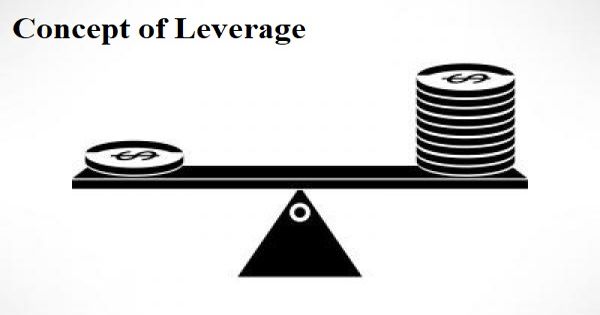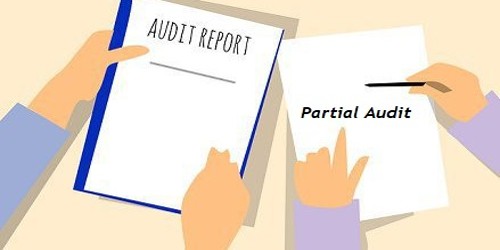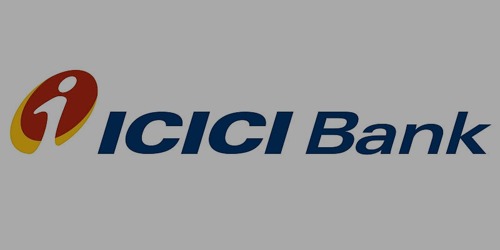Concept of Pay Back Period (PBP)
The pay back period is the traditional method of evaluating investment proposals under capital budgeting. It refers to the amount of time it takes to recover the cost of an investment. It is the simplest and perhaps the most widely employed quantitative method for appraising capital expenditure decisions. It is also called payout or pay off period.
The desirability of an investment is directly related to its payback period. Shorter paybacks mean more attractive investments. It calculates the period of return back of investment. Although calculating the payback period is useful in financial and capital budgeting, this metric has applications in other industries. For example, if solar panels cost $5,000 to install and the savings are $100 each month, it would take 4.2 years to reach the payback period.
Pay back period is the time period required to recover the investment made in a project. It is a simple way to evaluate the risk associated with a proposed project. Thus, PBP measures the number of years to pay back the original outlay from cash inflows generated by an investment proposal. An investment with a shorter payback period is considered to be better since the investor’s initial outlay is at risk for a shorter period of time.
The formula for the payback method is simplistic: Divide the cash outlay (which is assumed to occur entirely at the beginning of the project) by the amount of net cash inflow generated by the project per year (which is assumed to be the same in every year). There are two ways to calculate the payback period, which are:
- Averaging method. Divide the annualized expected cash inflows into the expected initial expenditure for the asset. This approach works best when cash flows are expected to be steady in subsequent years.
- Subtraction method. Subtract each individual annual cash inflow from the initial cash outflow, until the payback period has been achieved. This approach works best when cash flows are expected to vary in subsequent years.
Though the payback method is widely used due to its simplicity, it suffers from the following problems:
- Asset life span. If an asset’s useful life expires immediately after it pays back the initial investment, then there is no opportunity to generate additional cash flows.
- Additional cash flows. The concept does not consider the presence of any additional cash flows that may arise from an investment in the periods after full payback has been achieved.
- Cash flow complexity. The formula is too simplistic to account for the multitude of cash flows that actually arise with capital investment.
- Time value of money. The method does not take into account the time value of money, where the cash generated in later periods is worth less than cash earned in the current period.
















